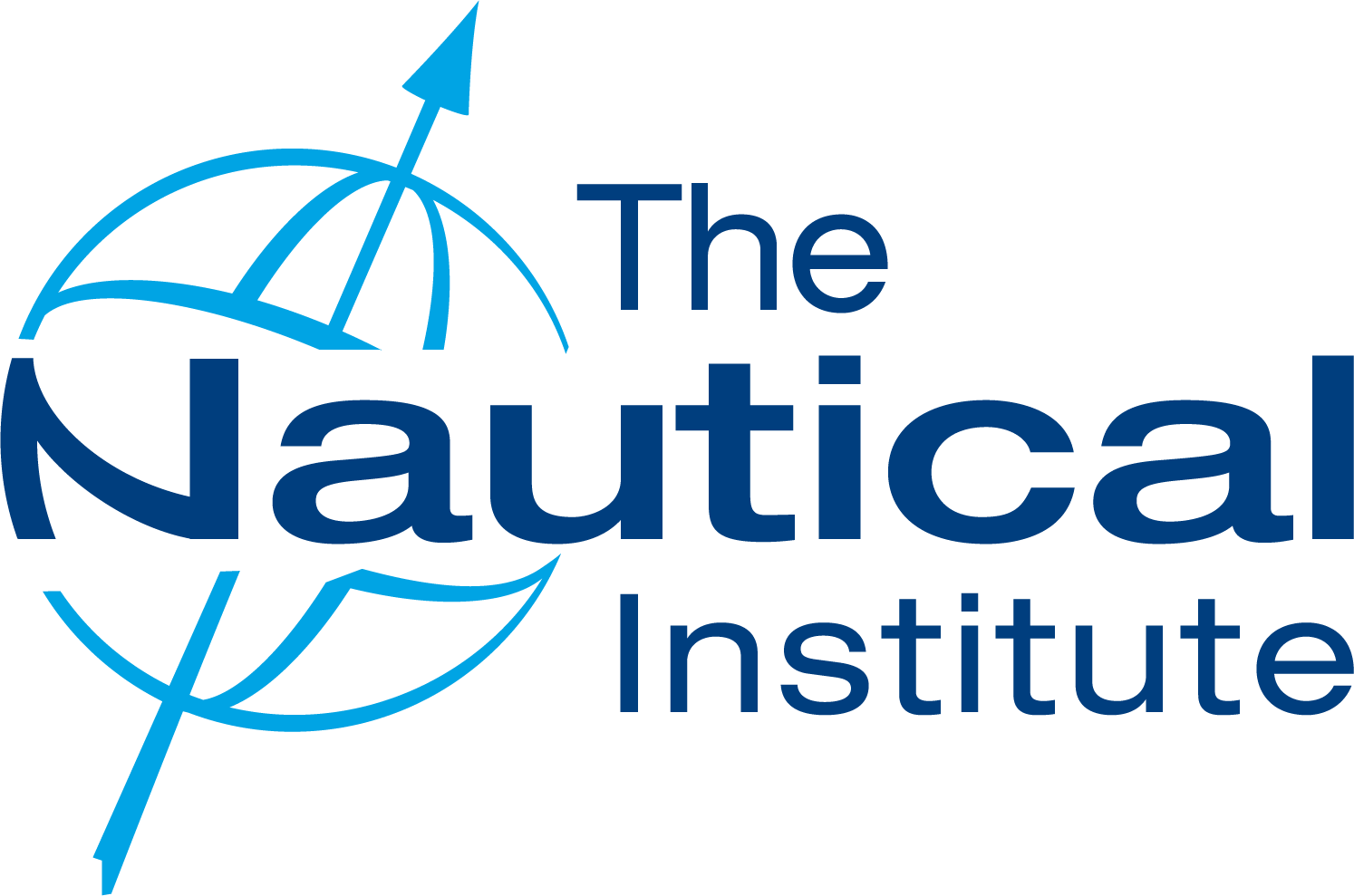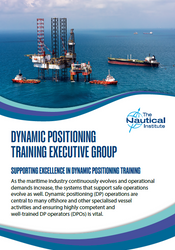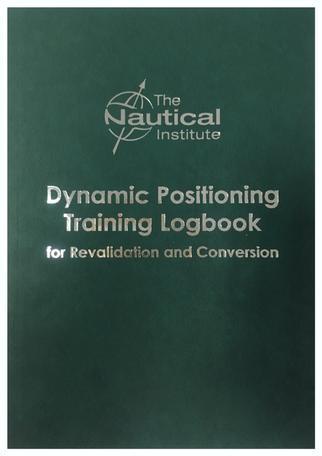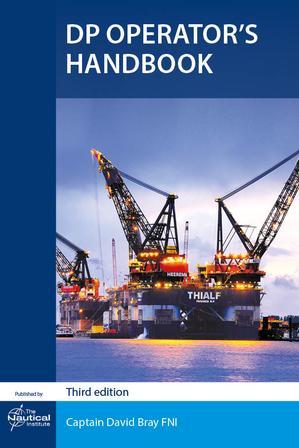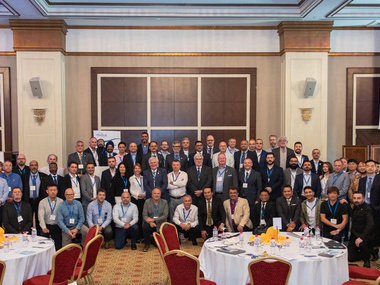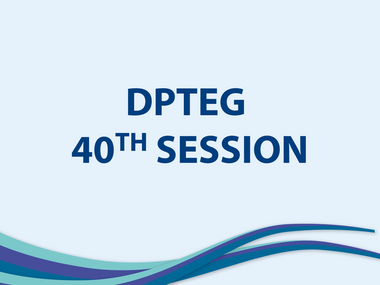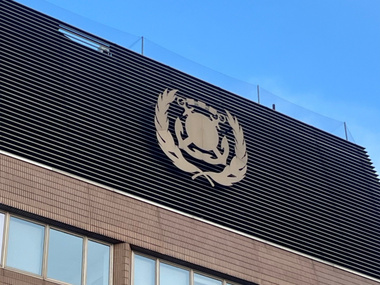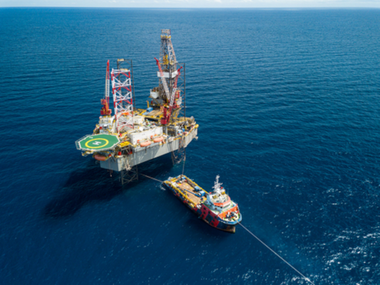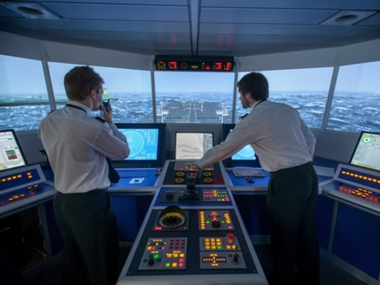Global dynamic positioning and offshore energy conference
With continuing professional development central to retaining valid DPO certification, our qualifications continue to set the standard expected by the industry.
DPTEG Session 40
A collaborative step forward for the DP community
5th Global Dynamic Positioning and Offshore Energy Conference
Lerus Training: Headline sponsor of the 5th Global Dynamic Positioning and Offshore Energy Conference
Institute NewsUpdates from the IMO
The ongoing IMO review of the International Convention on Standards for Training, Certification and Watchkeeping (STCW) has seen a new timetable agreed by the Maritime Safety Committee.
Highlights from the 39th DPTEG
The 39th meeting of the Dynamic Positioning Training Executive Group (DPTEG) provided a platform for meaningful discussions on current training frameworks, certification challenges and the future of dynamic positioning (DP) standards in a rapidly evolving maritime landscape.
The importance of training and onboard familiarisation
The foundering on 6 October 2024 of the DP2 vessel HMNZS Manawanui (formerly MV Edda Fonn) sent shockwaves through both the Royal New Zealand Navy as well as the broader maritime community. Fortunately, there was no loss of life although a pollution prevention response remains ongoing.
